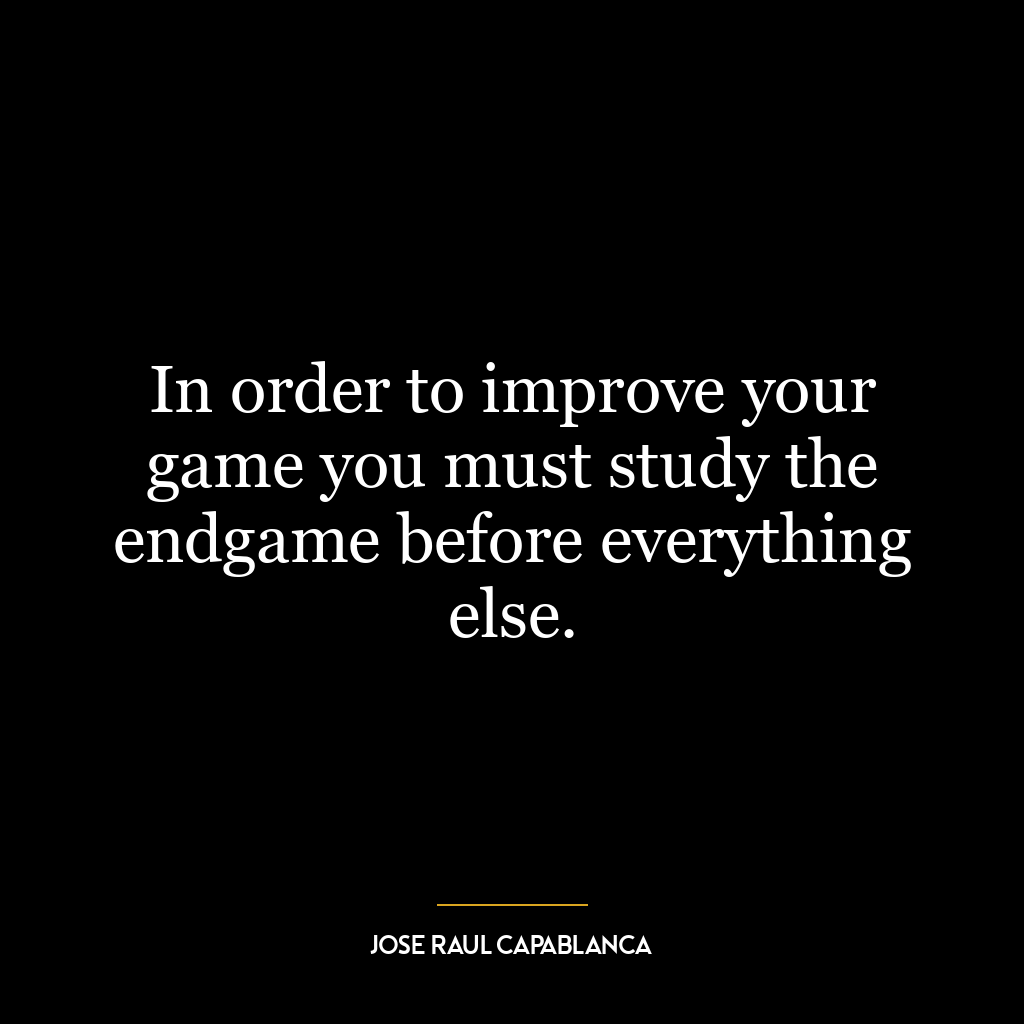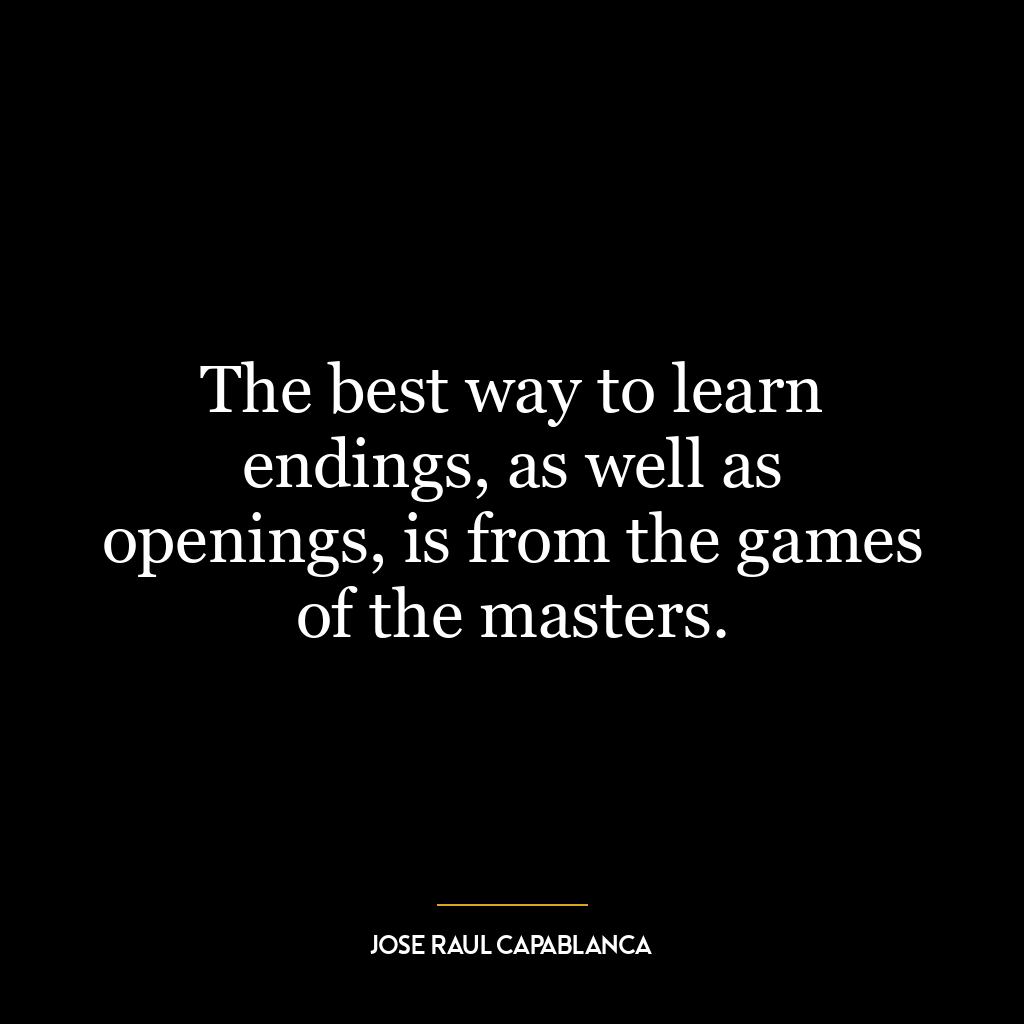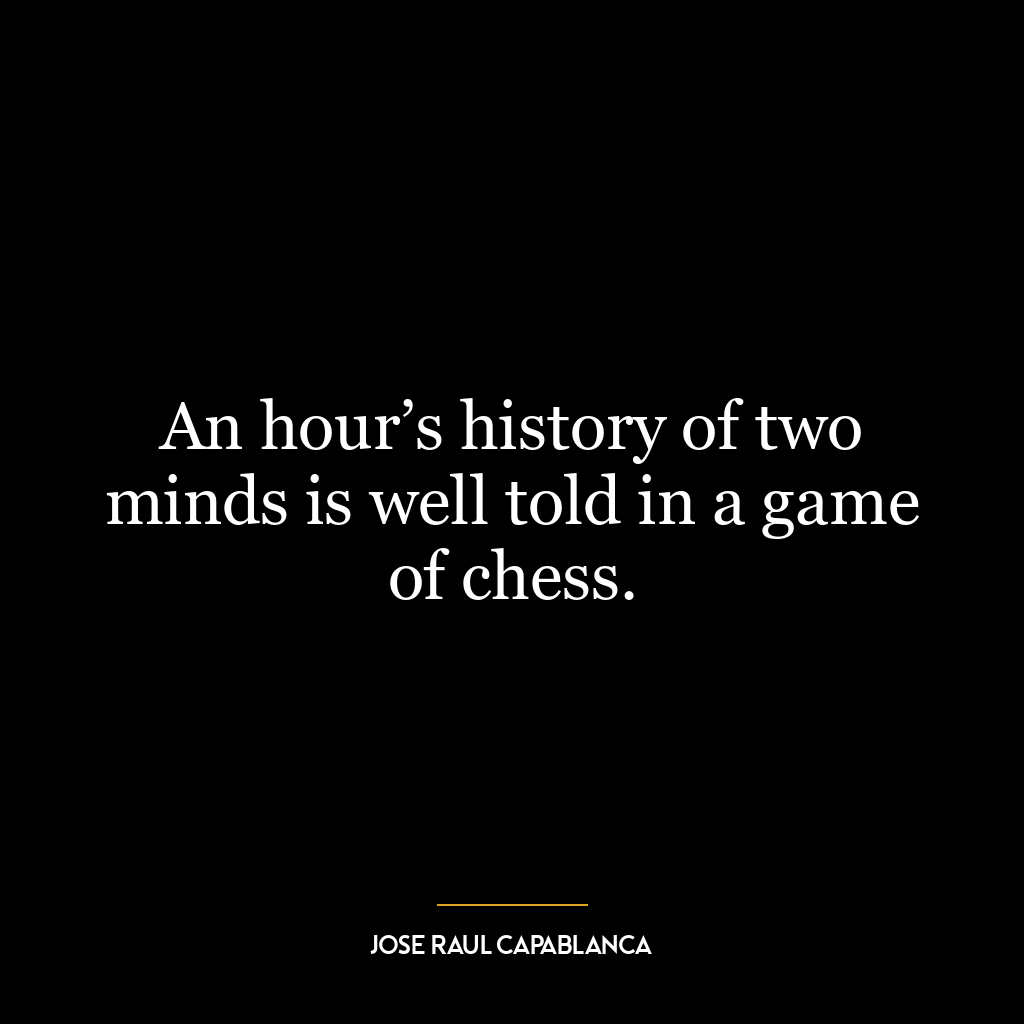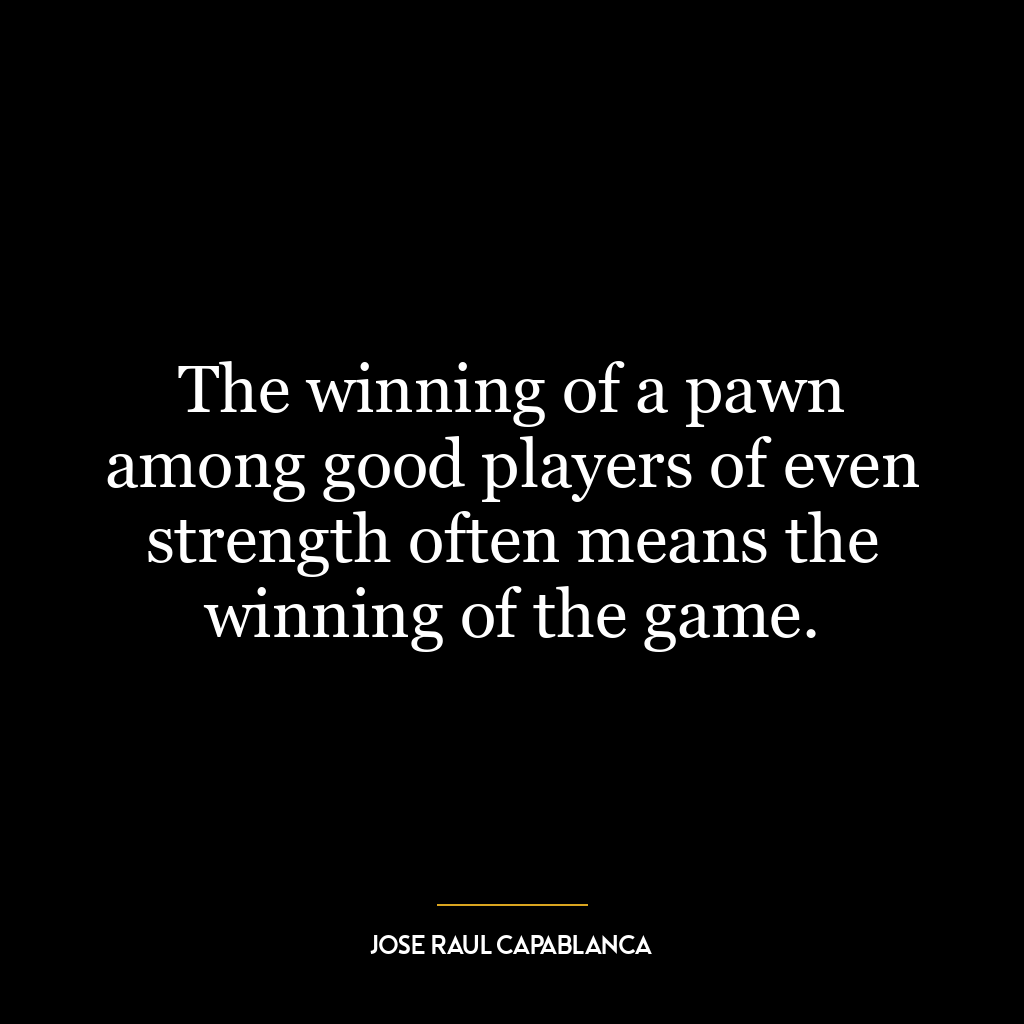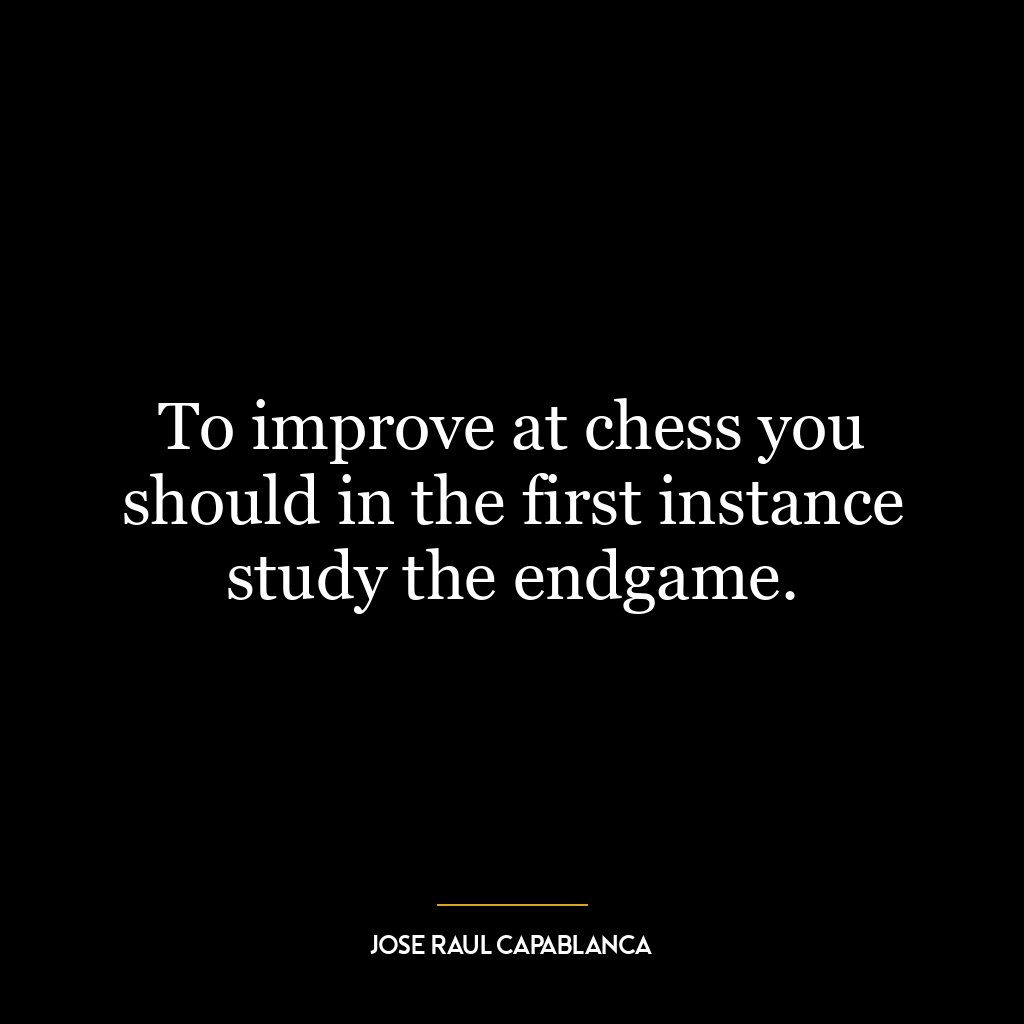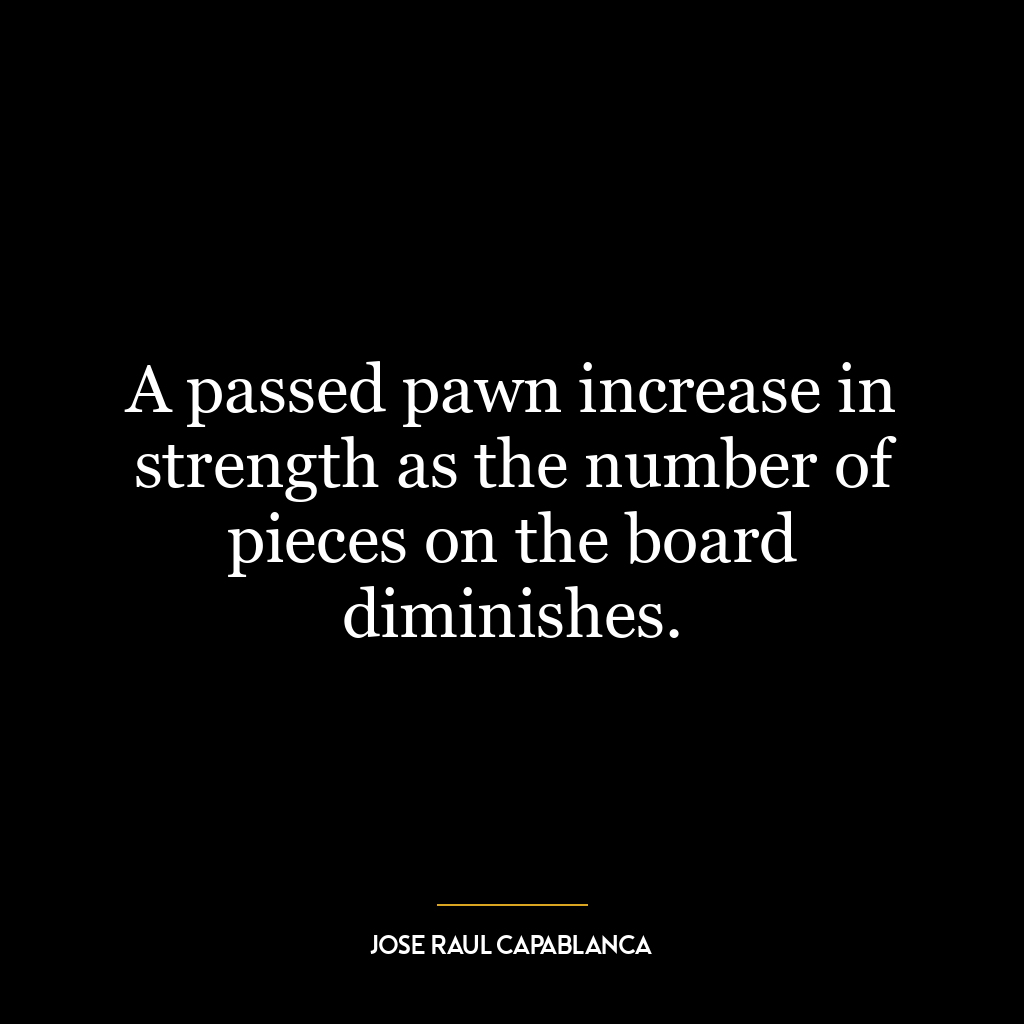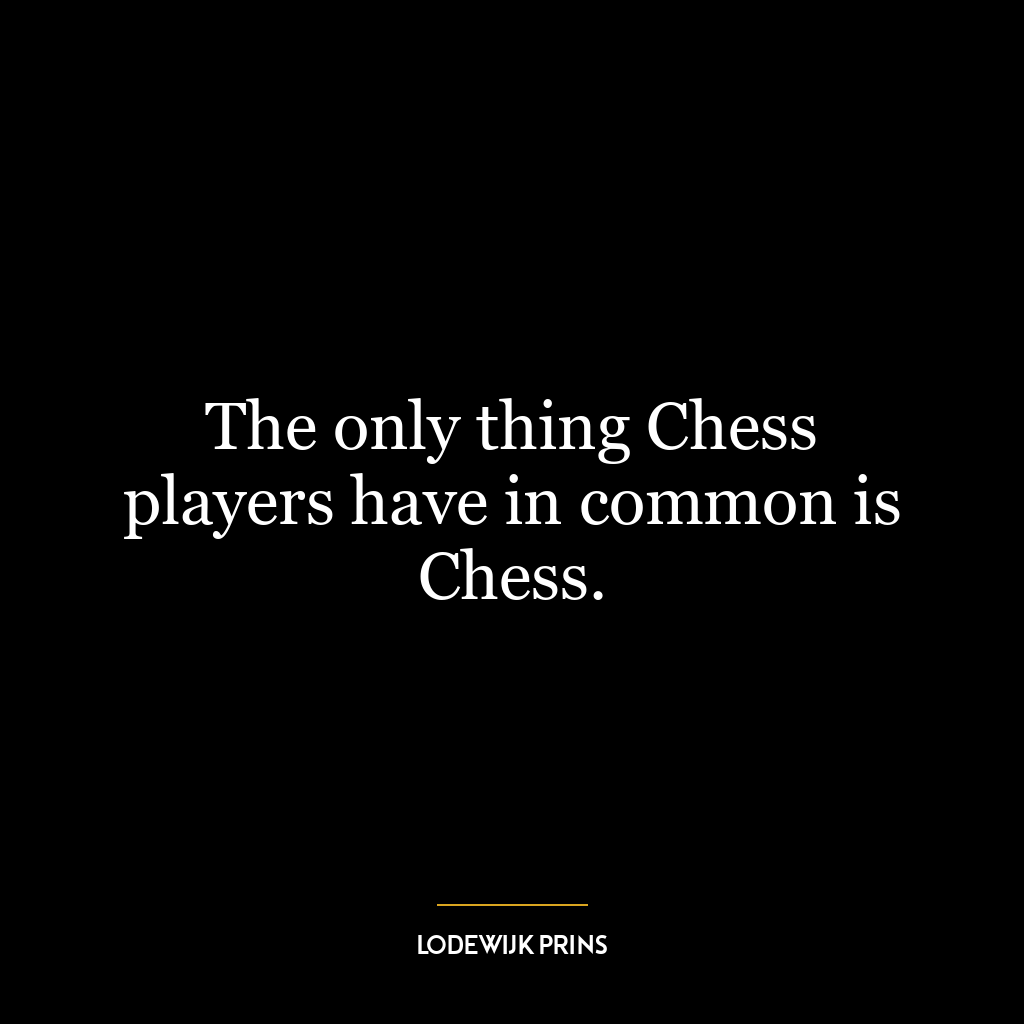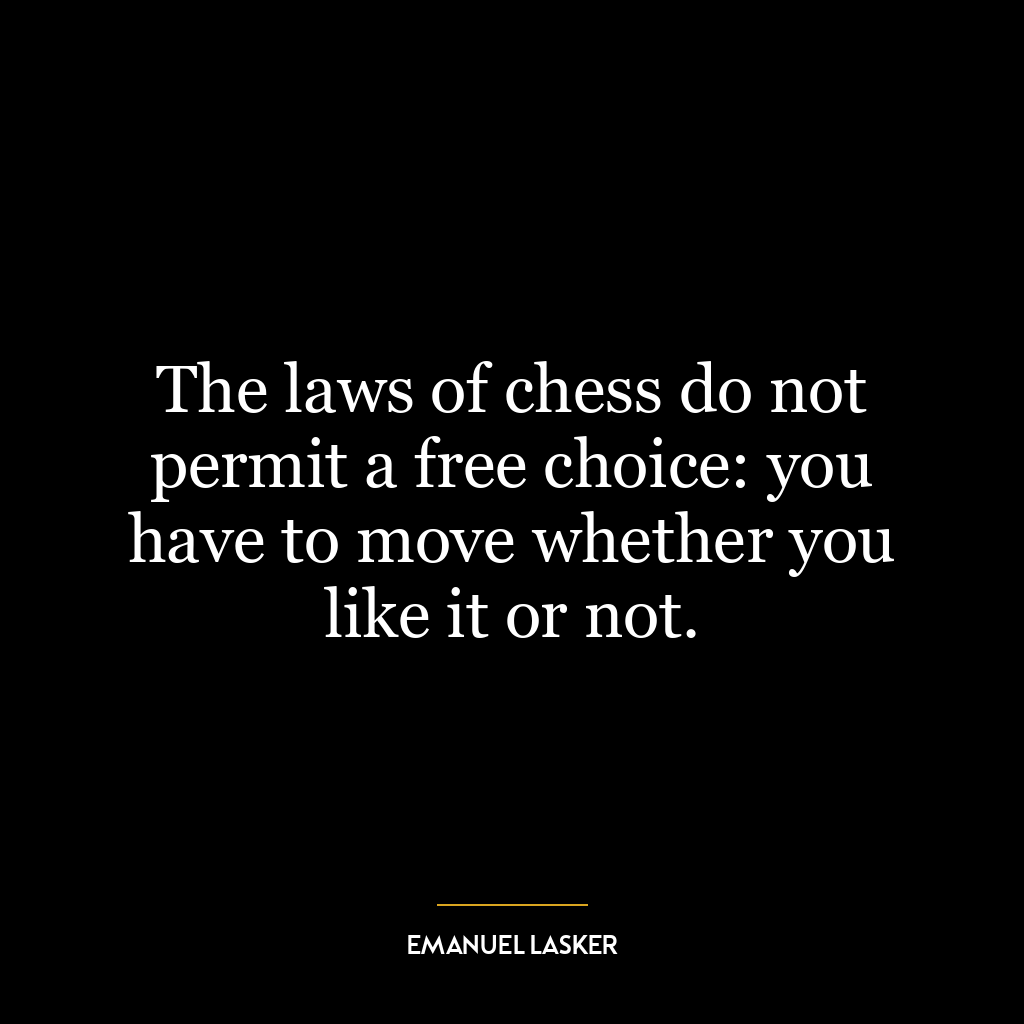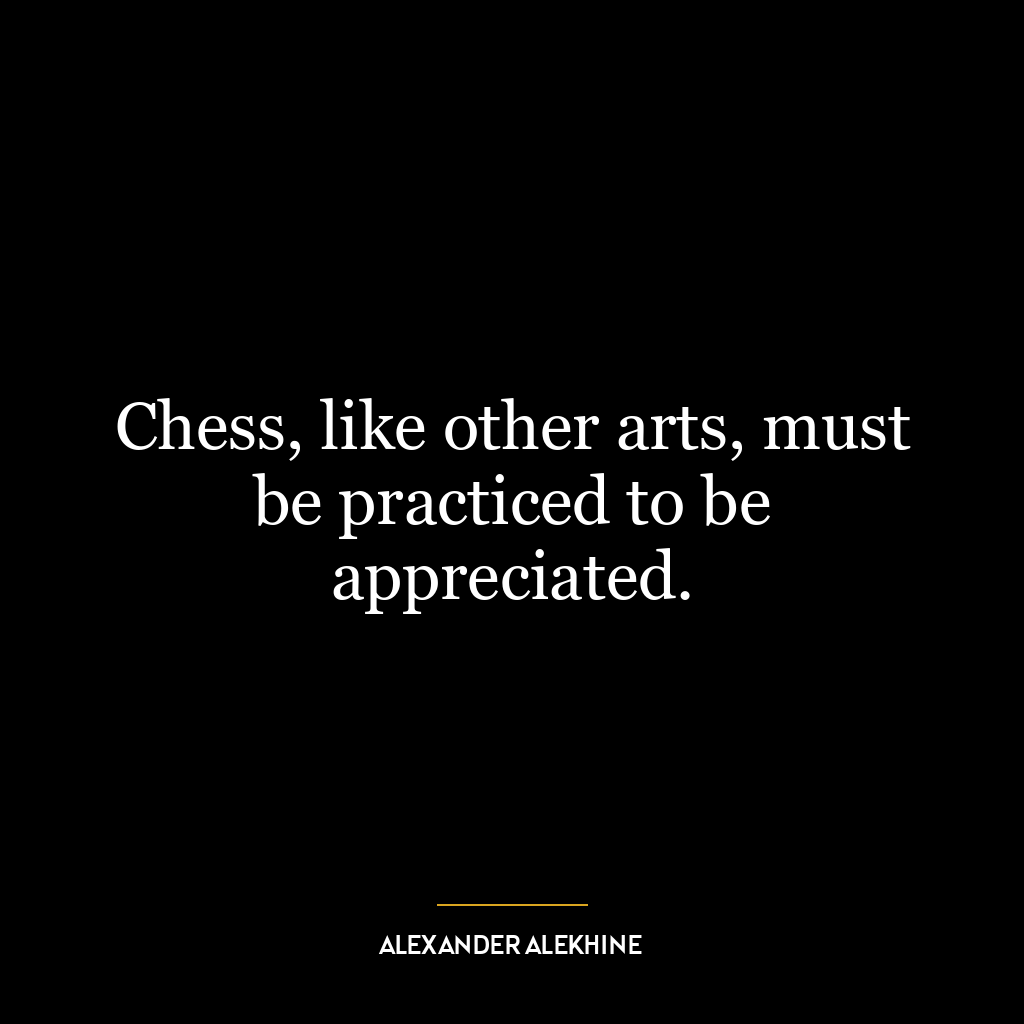Jose Raul Capablanca Quotes
- Chess player
- Cuba
- 1888
Jose Raul Capablanca (1888-1942) was a Cuban chess grandmaster and one of the greatest players of all time. He was world chess champion from 1921 to 1927 and is renowned for his positional style of play and his ability to outplay opponents with seemingly effortless ease. He was the first player to w…Read More
Jose Raul Capablanca (1888-1942) was a Cuban chess grandmaster and one of the greatest players of all time. He was world chess champion from 1921 to 1927 and is renowned for his positional style of play and his ability to outplay opponents with seemingly effortless ease. He was the first player to win a match against a reigning world champion, defeating Emanuel Lasker in 1921. He was also the first player to win a tournament without losing a single game, which he accomplished in New York in 1918. He wrote several books on chess, including Chess Fundamentals (1921) and A Primer of Chess (1935). He was inducted into the World Chess Hall of Fame in 2001.Read Less
Jose Raul Capablanca (1888-1942) was a Cuban chess grandmaster and one of the greatest players of all time. He was world chess champion from 1921 to 1927 and is renowned for his positional style of play and his ability to outplay opponents with seemingly effortless ease. He was the first player to win a match against a reigning world champion, defeating Emanuel Lasker in 1921. He was also the first player to win a tournament without losing a single game, which he accomplished in New York in 1918. He wrote several books on chess, including Chess Fundamentals (1921) and A Primer of Chess (1935). He was inducted into the World Chess Hall of Fame in 2001.
Jose Raul Capablanca Career Highlights
- In 1909, at the age of 20, Capablanca won the Cuban Chess Championship, defeating the reigning champion Juan Corzo.
- In 1911, he participated in his first international tournament, the San Sebastian tournament, and finished in second place behind the world champion Emanuel Lasker.
- In 1921, Capablanca defeated Lasker in a match to become the third world chess champion, a title he held for eight years until 1927.
- He had an impressive record of 63 wins, 34 draws, and only 6 losses in tournament play, making him one of the most dominant players of his time.
- In 1924, Capablanca won the New York International tournament, considered by many to be the strongest chess tournament ever held at that time.
- He also had a remarkable record in simultaneous exhibitions, winning 102 games, drawing 33, and losing only 4.
Key Contributions by Jose Raul Capablanca
- Capablanca’s style of play was characterized by his exceptional endgame skills and his ability to simplify complex positions. He was known for his positional understanding and his ability to make accurate and efficient moves.
- He introduced new ideas and strategies to the game, such as the “Capablanca pawn structure,” which involved placing pawns on the same color squares as the bishop to control more space on the board.
- Capablanca’s dominance in the chess world helped popularize the game in Cuba and Latin America, inspiring a new generation of players.
What Sets Jose Raul Capablanca Apart
- Capablanca’s natural talent and intuitive understanding of the game set him apart from other players. He was known for his ability to play seemingly flawless games, often without making any mistakes.
- He was also known for his calm and composed demeanor, rarely showing any emotions during a game. This earned him the nickname “The Chess Machine.”
- Capablanca’s dominance in the chess world was not limited to his playing career. He also made significant contributions as a writer and chess theorist, publishing several books on chess strategy and tactics.
Takeaways
- Jose Raul Capablanca’s career highlights and contributions have solidified his place as one of the greatest chess players of all time.
- His natural talent, exceptional endgame skills, and innovative ideas have had a lasting impact on the game of chess.
- Capablanca’s legacy continues to inspire and influence players, and his games are still studied and analyzed by chess enthusiasts around the world.

